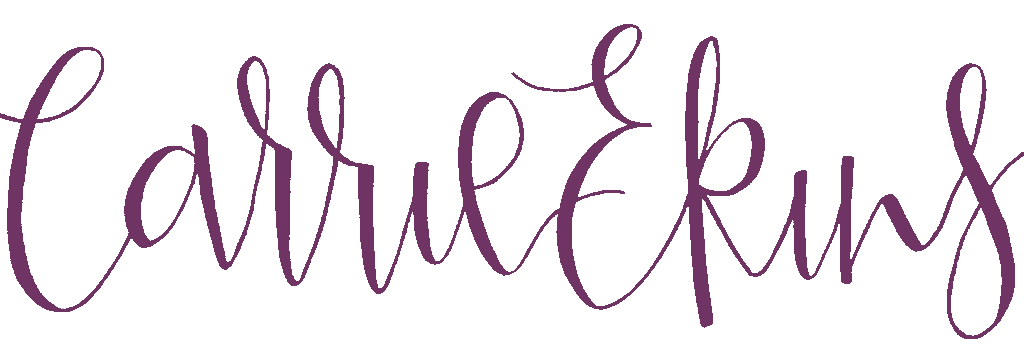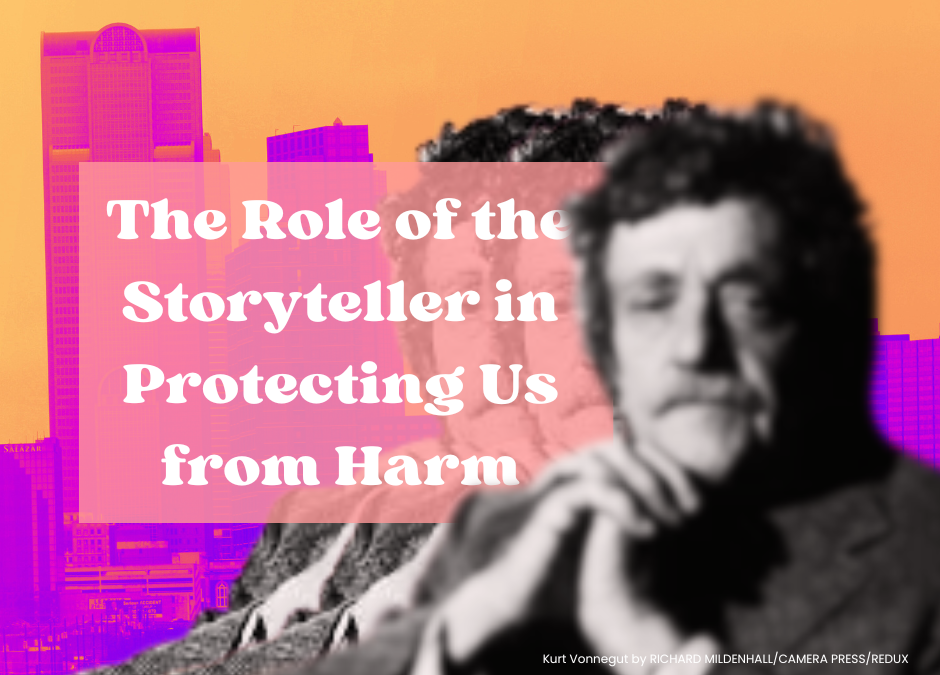I set out to write a piece about ‘Protecting the Golden Goose’, but research got the better of me…
Let me explain, one of my mentors often refers to the concept of Protecting the Golden Goose – as a metaphor that you are the most important asset in your business and if you’re not looking after yourself, there will be no energy to lay the required ‘golden eggs’.
Fun huh?
And then I had to go and smush the analogy by checking the facts! Gaaaah!
But what comes up IS interesting.
The Golden Goose was not the bird that laid the eggs of gold. In the story of the same name, it was a reward given to a man, nicknamed the Simpleton, who helped a fellow in need. Even though the Simpleton had little to give, help offered the needy stranger what food he had. This was after the Simpleton’s brothers – who seemingly had so much more (e.g cake, wine, familial acceptance, toxic masculinity etc…) refused to help.
Instead of golden eggs this fowl was robed in feathers of purest gold. Upon touching them, the grabby handed, greed driven towns folk become glued to one another and hence become a laughing stock in the eyes of the Princess (who never smiled – probably because her father the King was offering her up for marriage. Yay patriarchy!)
So that’s the Grimm Brothers version not to be confused with…
The Goose that Laid the Gold Egg (which is sometimes also a hen) which appears in Aesop’s Fables.
In this fable (of which there are many variations spreading across many cultures), a goose lays a golden egg each and every day. Awesome.
The Owner of the bird reckons that there must be a whole hunk of gold in the goose to enable laying of such precious eggs and so kills it. Alas, only to discover that there was none and now they have no more gold and no more goose. Hence the idiom ‘killing the golden goose’.
It’s another of those stories that sees many iterations, unsurprising seeing as it serves as a useful cautionary tale. In other versions the owner over feeds the bird in the hope that it will lay two eggs, but all they get is a fat bird that won’t lay and a diminished stash of corn. Sometimes the bird is switched for a field and a farmer.
Whichever way you cut it, these stories are moralistic and share the same underlying traits:
- Greed will be your undoing
- Humble people prosper
- Be content with what you have
- Never desire more than you’ve been given
It’s all code for: short sighted action will destroy your prospects and ‘underlings, know your place’.
I find it so intriguing that the same story patterns iterate over time and cultures. These golden goose/golden egg/ golden feather stories are about deservingness that, not only have they been handed down for generations, but are still told to children today.
The moral takeaway is to stay in your own lane and not aspire to more than you ‘deserve’, and your deservingness will be based upon kindness, yes, but also upon what others deem you to be worth – think about the Princess who laughed at the greedy townsfolk.
If you ever worry that you’re not worthy or receiving good things like a promotion, or business growth or a nice home, remind yourself that this is partially because you’ve been fed (literal) fairy stories since you were a baby.
Never underestimate the imprint that these innocent childhood tales may have – or your ability to unpick the web and create a new narrative for yourself.
We are storytellers (and story interpreters).
And because stories work on an emotional level they have a bigger impact on our beliefs than rational thinking does.
The oldest part of our brain, the limbic system, was developed pre language when survival was linked to how you perceived danger and safety. These perceptions are based on feeling, intuition and emotion. Feeling and emotion was our first language, thus stories which provoke this will always spark a response within us.
It’s more than likely that our ancestors told stories not just to entertain, but to inform and educate. They recognised that facts will get you so far but feeling might just save your life.
So instead of giving a description of how they ran from a big cat that tried to drag them into a cave which they managed to beat off with a big stick, they would instead tell of their miraculous escape from the jaws of the salivating wild cat, with eyes that flashed with murderous intent. They would wax on about how ‘They could feel a presence as they walked the plain near to the rocky outcrop, with the pointy bit that looks like a buffalo dancing. And it was there in the shade of the crag that the ginormous cat lunged and tried to drag them into a dark cave, a cave that must have been under the command of the cat because it certainly hadn’t been there before, And even though they were terrified and thought that this might be the last time they saw the golden sun in the sky, it was as though a powerful force threw a stick into their hands as they scrabbled on the ground. And with that stick they beat away the wild cat which whimpered in pain and recoiled, then they ran, ran, RAN for their life, until they were safely far away’.
i.e There are hungry lions living in the caves, if you need to go past make sure you’re carrying a big stick.
Tell the first story to a kid and they’ll lose interest and forget, tell the second story to a kid (and make sure you make those fangs big, sharp and scary) and you guarantee they’ll keep away from the crag and not venture into the caves.
Much research has taken place into the foundations of successful storytelling, the seminal work appears to be Christopher Booker’s “The Seven Basic Plots: Why we tell stories” which outlines the main frameworks that appear over and over again in fiction. They are:
- Overcoming the Monster
- Rags to Riches
- The Quest
- Voyage and Return
- Rebirth
- Comedy
- Tragedy
Each of these frameworks is successful because it demonstrates a cadence of emotion that draws the reader/listener in – humans love an emotional rollercoaster. In fact the University of Vermont went so far as to track the rising and falling emotional pathways of over 1500 successful fictional stories, you can have a look at their Hedonometer graphs.
Think of any story and it will fit into one of the seven plots above. Cool huh?
The moral to my bubbling is this: Storytelling connects us. It can inform us and it can serve as a tool to control us, but we can choose to apply logic and rationality and unpick the story so it serves us. As with the Brothers Grimm, so in life. Be careful of the stories you tell yourself – they may keep you safe, but they may also keep you from having what you desire.
Coming back to the idea of ‘Protecting the Golden Goose’ – even though there may be a colliding of fables taking place, it’s true, as far as your creativity and productivity goes, looking after yourself is the number one priority. If you’re so tired out then you can’t be curious, or so body weary that you can’t concentrate you can’t keep popping out those golden nuggets. And much like plucking golden feathers or force feeding birds, if you try to force the product without attention to rest all you’ll end up with burnout and a fatty liver.
So there we go another story told. If you want to check out Kurt Vonnegut’s lecture on the Shape of Stories, you’ll be entertained.

